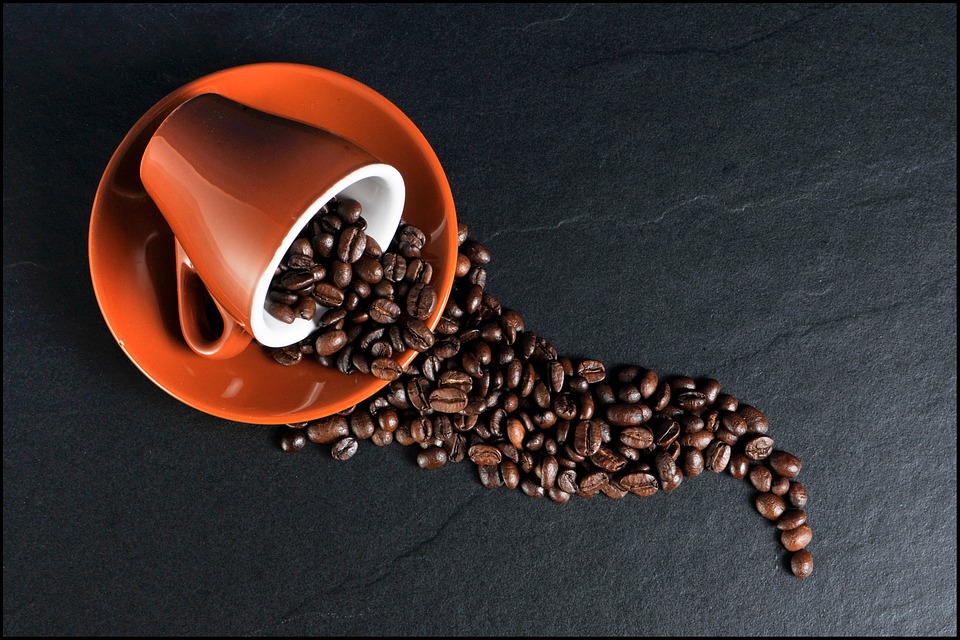Title: From Coffee to Molokai: The Diverse and sustainable agricultural practices of Hawaii
Introduction
From pristine rainforests to expansive valleys, Hawaii is blessed with a myriad of landscapes that brims with diverse ecosystems. As such, Hawaiians have long embraced various farming practices throughout the islands and have developed unique approaches that promote sustainability and celebrate the rich heritage of these islands. This article will explore the agricultural practices of Hawaii, from the flourishing coffee farms to the fertile lands of Molokai, and delve into how these methods have shaped the islands’ culture and economy.
Agriculture in Hawaii’s Past and Present
Before the arrival of western settlers, Native Hawaiians practiced an intricate and sustainable form of agriculture known as the ahupua’a system. Each wedge-shaped segment encompassed a spectrum of ecosystems, including mountains, forests, and beaches. These lands would sustain the island’s population with a variety of crops and marine resources.
Today, Hawaii is still home to small-scale farms, orchards, and nurseries, where various fruits, vegetables, and flowers are produced. Taro and sweet potatoes remain staples in the local diet, while fields of sugarcane and pineapple used to create some of the state’s most popular exports.
Coffee: The Liquid Gold of Kona
Kona, in the Big Island’s sunny southern slopes, is synonymous with world-class coffee. The region’s rich volcanic soil, ample sunshine, and bountiful rainfall form the perfect trifecta that encourages flavors that are unmatched worldwide. With slow-growing trees taking up to five years to start producing beans, coffee farmers must maintain and nurture each plant meticulously for optimal production. The handpicked harvest is done with utmost care, ensuring only the ripest cherries are selected to make the most flavorful coffees in the world.
Sustainability measures, such as preserving pollinator habitats and preventing erosion, are central to Kona’s paradigm, ensuring that the fertile soils of the Kona coast remain bountiful for generations to come.
Exploring Molokai: A Tale of Sustainability
Molokai, one of the least populated Hawaiian islands, is often overlooked in discussions about Hawaii’s agriculture. However, this island is rich in history, with descendants of ancient Hawaiians still continuing traditional farming practices like taro cultivation.
These sustainable methods have long promoted nutrient recycling and minimized waste. As such, Molokai’s farmers have been inspiring for those looking to practice environmentally friendly farming methods. Molokai’s reputation also extends to the development of innovative farming methods in control of agricultural pests, including the use of Mother Nature’s resources—predatory insects and microorganisms.
The diversity of Hawaii’s agriculture has led it to explore novel ways of farming. For instance, hydroponics, where plants grow in water instead of soil, has been championed on the islands. This modern farming method is a perfect case study for how technology can deliver fresh, locally grown produce with minimal environmental impact.
FAQs
Q: What do Hawaiians call the traditional farming method?
A: Hawaiians call their traditional farming practices the ahupua’a system.
Q: What are the key factors for Kona’s impeccable coffee?
A: Kona’s excellent coffee is due to the region’s rich volcanic soil, ample sunshine, and bountiful rainfall.
Q: How are Molokai’s farming practices sustainable?
A: Molokai’s sustainable practices, like taro cultivation, promote nutrient recycling and eliminate waste. Innovative pest control using local, natural resources also benefits the ecosystem.
Q: What is an innovative farming practice in Hawaii?
A: Hydroponics has become a popular innovative farming practice in Hawaii.
Image Description:
The image displays luscious green taro fields on Molokai Island, under an azure sky. The vivid image captures the island’s terrain, with the ocean in the distance. The backdrop includes a small house, nestled comfortably among the crops, and hens and dogs roaming freely.
Conclusion
From coffee farming in Kona to the taro fields of Molokai, Hawaii is home to a range of diverse and sustainable agricultural practices. By drawing on their cultural heritage and modern innovation, the Hawaiian farming community continues to create a rich tapestry of food production. They inspire the world with their dedication to maintaining their natural environment’s beauty and promoting eco-friendly farming for a sustainable future.



